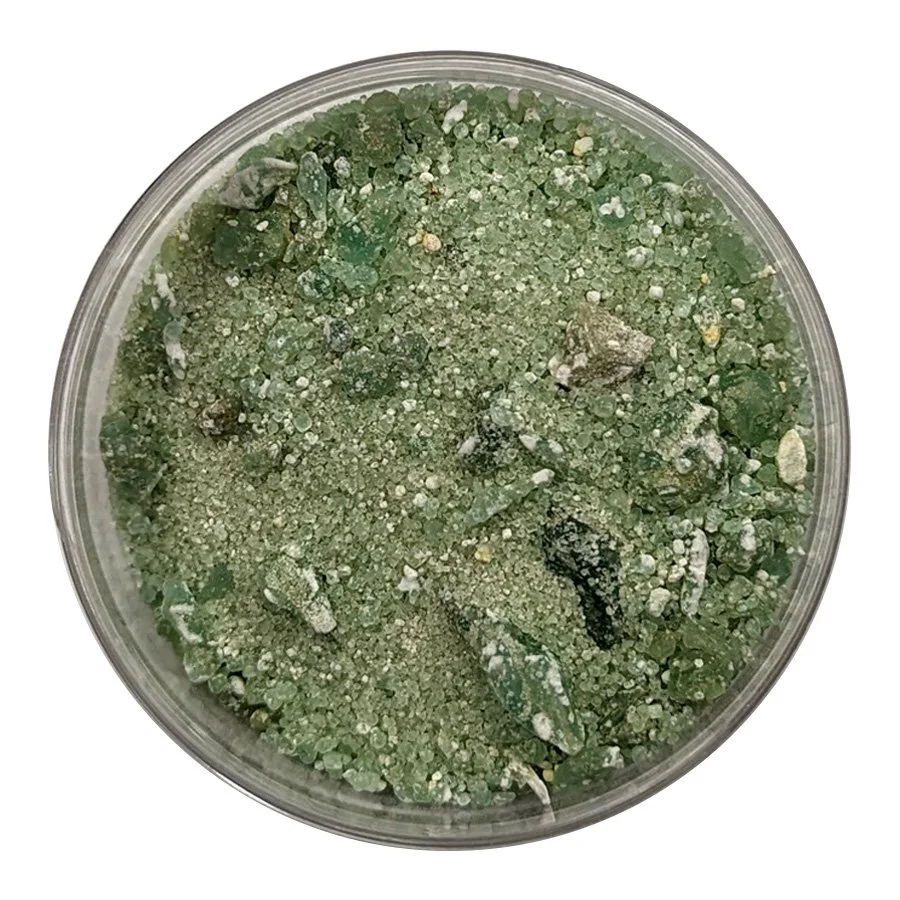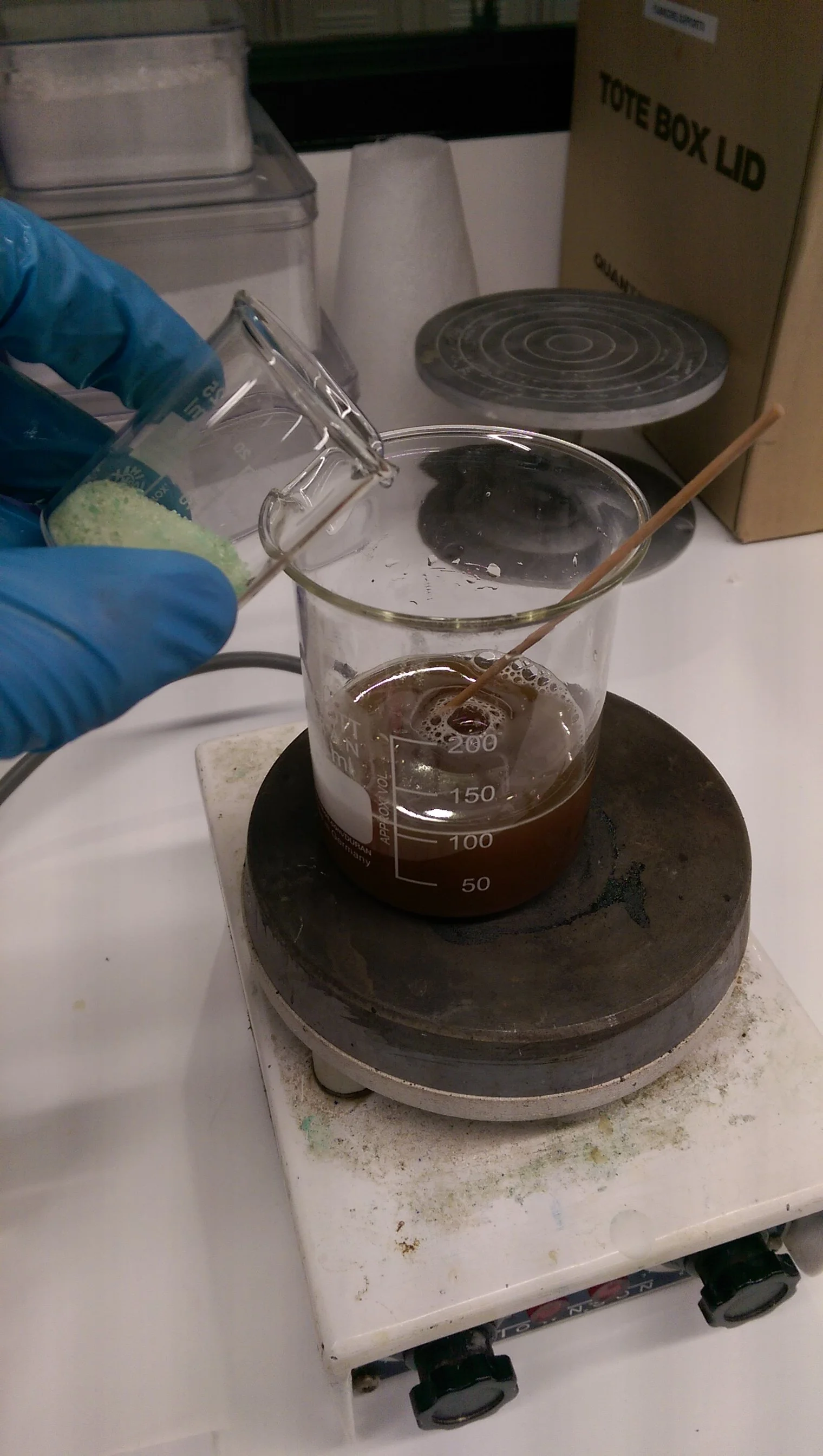METAL-TAMMATE INK/IRON-GALL INK (MORAKKAB-E ĀHAN-MĀZŪ / ḤEBR)
The second oldest known ink is iron-gall ink and researchers have dated this ink between the 2nd-4th centuries. It involves a chemical reaction between tannic acid extracted from gall nuts (by boiling and filtering crushed gall nuts grown on oak trees) and green vitriol which is a naturally occurring iron sulfate mineral, resulting in a blue-black solution. This ink stained the paper fibers as opposed to carbon ink which sat on the surface of the paper, and it was a permanent ink. However, due to the acidity and the reactive nature of transitional metals, it eventually started to decay the paper.
Making Iron-Gall Ink
Gall nuts are broken to pieces and soaked in hot water overnight.
Content is then boiled for 15 minutes and filtered.
Green, blue, yellow, red, or vitriol (iron sulphate, copper sulphate, potassium ferricyanide, potassium ferrocyanide respectively) is pounded to powder and added to the gallnut extract (tannic acid) and the color change is immediately witnessed.
Filter again
*Some recipes use gum Arabic as an additional ingredient
*In Persian recipes, red vitriol (Potassium Ferricyanide is often used instead of green vitriol
*Many European recipes use blue vitriol (copper sulphate) instead of green vitriol (iron sulphate)
Gall Nuts
Green Vitriol (Iron Sulphate)
Green vitriol + gall nut extract
In Persian recipes often red vitriol (potassium ferricyanide) was used while in many European recipes blue vitriol (copper sulphate) was used instead of green vitriol.
Red Vitriol (Potassium Ferricyanide)
Iron-gall (metal-tannate-green vitriol) ink applied on paper
Metal-tannate-red vitriol ink applied on paper
Metal-tannate-blue vitriol ink applied on paper
Iron-gall ink
Blue Vitriol (Copper Sulphate)








